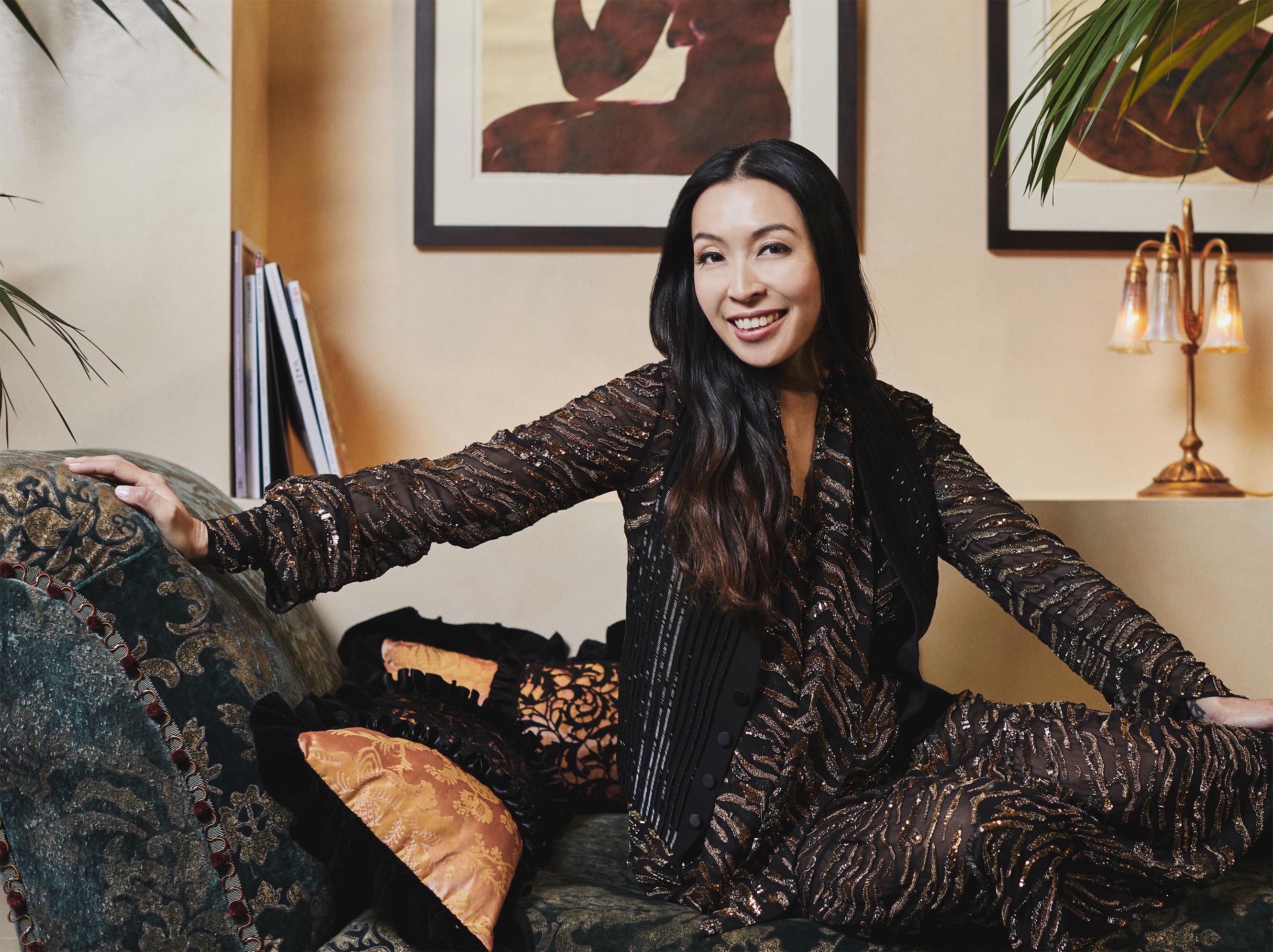Wild Boy
2004 - Film & Video (Film & Video)
17 min
Guy Ben-Ner
Wild Boy is the story of the education of Amir, the artist’s son. Ben-Ner plays the educator’s part, trying to domesticate the child. Using the metaphor of the wild child is Ben-Ner’s homage to this recurring theme in literature and cinema: from Edgar Rice Burroughs’ « Tarzan » to Truffaut’s « L’enfant sauvage », and Rudyard Kipling’s « Jungle book ». The video is an attempt at capturing this decisive moment when the child lets go of its wilderness to become « civilized », and raises the nature/culture dichotomy, dear to the Enlightenment philosophers.
In his films, Guy Ben-Ner plays with the history of cinema, referring to the experimental origins of silent film, to comic figures such as Keaton and Chaplin, and to Truffaut’s French New Wave. Since 1996, the artist has been concentrating on his family members and stages them with burlesque humor. Just as Buster Keaton, he is at once actor-director, his wife and children the only other actors, and his apartment the improvised set: he uses available furniture and objects, creates an artificial island in his kitchen and constructs a tree house for Treehouse Kit (2005), a work in which the sculpture takes part in the video installation. The theatrical aspect of the set relates to the playful situations. Each one of Ben-Ner’s films participates, as an episode, to a collection of fables about human nature, reenacting stereotypical motifs found in literature and cinema, such as the desert island (“Berkeleys Island” 1999) or “Moby Dick” (2000). Guy Ben-Ner was born in 1969, Ramat Gan, Israel. He lives and works in Tel Aviv.
Colors:
Related works of genres: » israeli contemporary artists
» see more

© » KADIST
Elad Lassry
2013In establishing a deliberate distance between viewer and subject, Lassry raises questions about representation itself and how all portraits are, in effect, fully constructed objects that only gain meaning once we ascribe them with our own personal associations and emotions...

© » KADIST
Yael Bartana
2007Yael Bartana received great international attention for the trilogy series And Europe Will be Stunned (2007 – 2011)...
Related works sharing similar palette
» see more

© » KADIST
Marcelo Cidade
2006This series of photographs reflects Marcelo Cidade’s incessant walks or drifting through the city and his chance encounters with a certain street poetry like the Surrealists or Situationists before him...
Related artist(s) to: Guy Ben-Ner » Andy Warhol, » Christian Jankowski, » Harun Farocki, » Jesper Just, » Ana Mendieta, » Christian Marclay, » Claire Fontaine, » Francis Alÿs, » Hannah Wilke, » Hernan Bas
» see more

© » KADIST
Christian Jankowski
2008In New York City’s Chinatown, subject Suat Ling Chua’s morning exercise is to practice the hula hoop...

© » KADIST
Harun Farocki
2009For Immersion , Harun Farocki went to visit a research centre near Seattle specialized in the development of virtual realities and computer simulations...

© » KADIST
Francis Alÿs
2004The Nightwatch , which is an ironic reference to the celebrated painting by Rembrandt, follows the course of a fox wandering among the celebrated collections of the National Portrait Gallery in London...

© » KADIST
Francis Alÿs
2006This series of small drawings is executed with varying materials—pen, ink, colored pencil, charcoal, and masking tape—on architect’s tracing paper...
Related works found in the same semantic group
» see more

© » KADIST
Kristof Kintera
2007Bad innovation in the name of protection is not a ready-made, but was made entirely by the artist, representing a stroller...

© » KADIST
John Isaacs
2004A child and dreamer my whole life long (broken tree) (2004) is a sculpture made of filler, wire, copper, oil paint, and wood depicting a tree just at it’s moment of breaking into half – one part alive with foliage and blooming branches and the other the crisp of the break exposed, with the trunk adhered solidly to a plinth...







